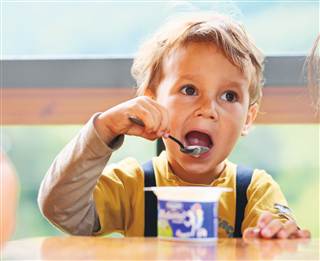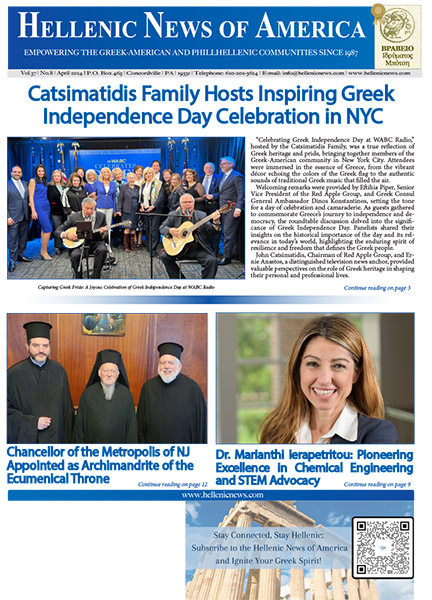
Cereal killer? Beware of Greeks bearing breakfast yogurt
Jane WellsSpecial to TODAY
The snap and crackle may be losing its pop.
Americans, it seems, are tired of the same old Corn Flakes or Rice Krispies, and are being seduced by the siren call of Greek yogurt and granola bars that can be eaten on the run.
Cold cereal is still the number one choice for breakfast in America, with sales topping $9 billion over the last year, but the Greek yogurt craze has helped propel the fermented milk product to the number two position at nearly $7 billion in sales.
“Five years ago (Greek yogurt) was a novelty in this country,” said John Baumgartner, an analyst who monitors food sales for Wells Fargo Securities.
“Now Greek is about 40 percent,” he said, adding that the breakfast table will only get more competitive as new players vie for a “share of stomach.”
And that means traditional cold cereals, which have seen a seven percent drop in sales volume in the past four years, are going to have to step up to the plate (or bowl).
The numbers are difficult to ignore. Even though fewer Americans are skipping breakfast, considered the most important meal of the day, fewer are eating cereal. And that’s bad news for those famous big cereal companies like General Mills, Kellogg and Post.
The Wall Street guys cite several reasons: consumer boredom with cereal, a desire for higher protein products such as yogurt, and the need for on-the-go breakfasts consumers can eat in their cars.
“Cereal sales have gotten squeezed over the past several quarters,” said Erin Lash, who covers the food industry for Morningstar.
Last quarter Kellogg reported a three-percent drop in revenues for its morning foods unit, while General Mills’ cereal division reported a two-percent drop.
“Not all consumers choose a bowl of cereal and milk,” Kellogg said in a statement. “For them, we’re developing foods that provide the benefits of cereal in portable and convenient formats.”
Those new “formats” include breakfast bars and shakes. Sales of Kellogg’s Pop Tarts are holding up well, and General Mills’ granola sales jumped more than 40 percent in a month, according to Nielsen. But both have been playing catch-up to the Greek yogurt craze.
Also in the mix are the fast food chains, who offer breakfast for Americans with no time to sit down at the kitchen table in the morning. Taco Bell is rolling out a national breakfast menu, and McDonald’s has started serving “Breakfast After Midnight” at some of its 24-hour stores.
Nation’s Restaurant News reports the first meal of the day is a $42 billion business to the industry, and QSR Magazine claims the number of quick-serve breakfast items jumped 17 percent between 2009 and 2011.
What hurts cereal hurts milk. Milk sales have been on a gradual decline for years. “Cereal and the use of milk is pretty well linked,” said Todd Hale, senior vice president of consumer insight for Nielsen.
Of course, many Americans still eat breakfast at home, but cold cereal is not a concept that translates well overseas. Kellogg, for example, is adjusting its products in Europe, said Lash. “Cold cereal is really only popular in the U.S., and so they’ve adjusted their cereal offerings internationally to appeal to that consumer who maybe wants to dunk a cereal bar in coffee or in yogurt.”
In the U.S., meanwhile, cereal companies are boosting the nutritional value of their products. Post plans to add more protein to some cereal and General Mills said that gluten-free Chex have helped that brand’s growth.
Finally, there’s the threat to cold cereal’s traditional core audience: kids. Remember Mikey and Life cereal?
Well, there are fewer children around as a result of a five-year birth decline, said Baumgartner.
So cereal marketers are aiming not so much at Mikey, but Mikey’s generation, promoting cereal nostalgia. Count Chocula has a devoted adult following, and General Mills said grownups are driving sales of Lucky Charms, proving some Americans still believe cereal can be “magically delicious.”
Photo Credit: Roman Shyshak / Featurepics.com






